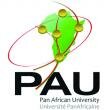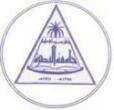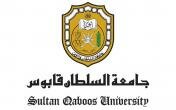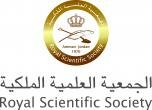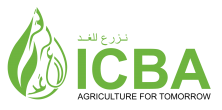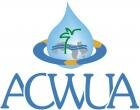Science Experiments with Water: Exploring the Wonders of H2O
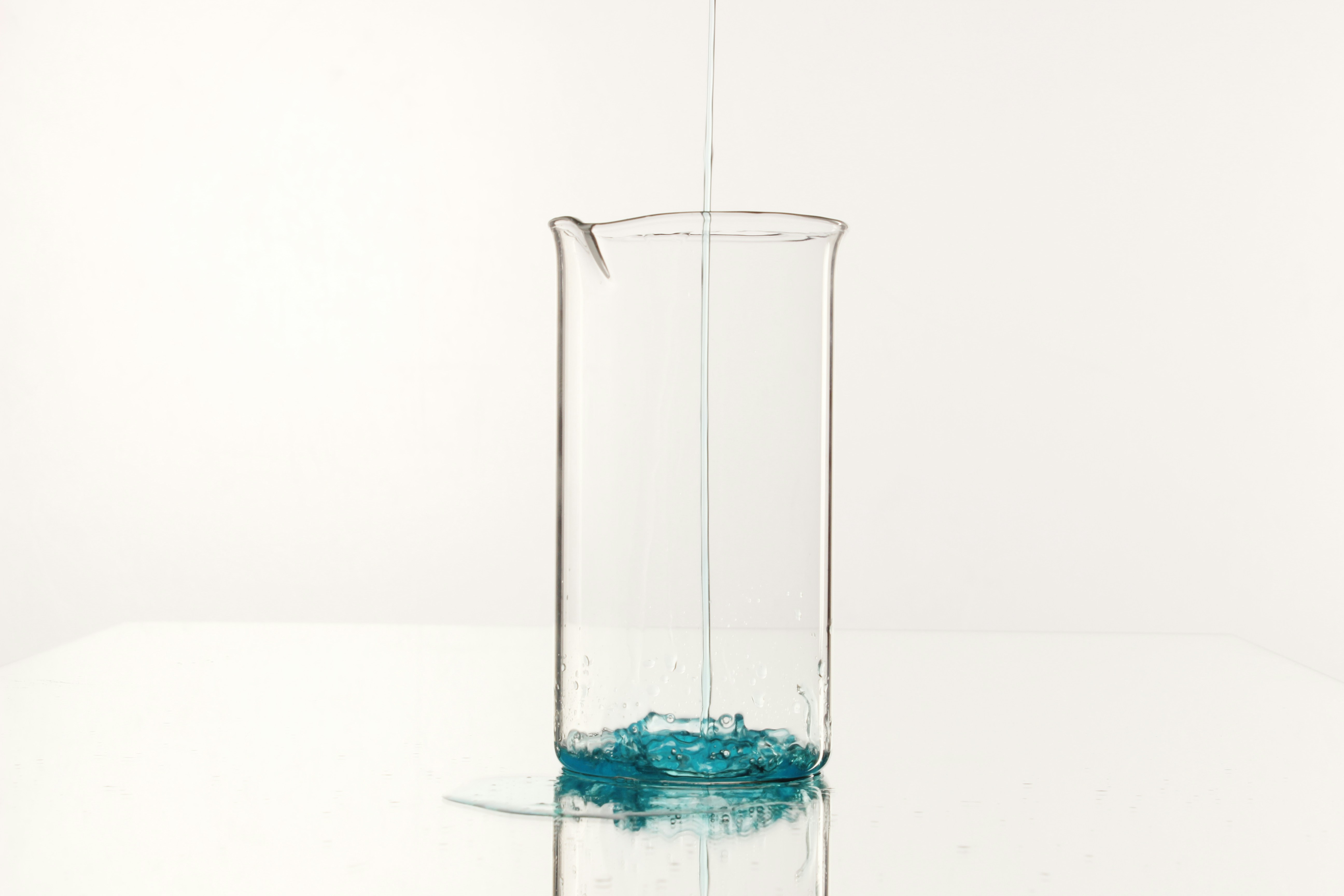
Photo from Unsplash
Water is an essential element for life on Earth and a fascinating subject for scientific exploration. From its unique properties to its role in various natural phenomena, water offers endless opportunities for engaging experiments. This article will delve into a range of cool science experiments with water, suitable for students of all ages, from preschoolers to university level. These experiments not only demonstrate important scientific concepts but also serve as excellent topics for essays for writing assignments or essays for sale.
-
The Walking Water Experiment
One of the most visually appealing science experiments with water bottles involves creating a "walking water" rainbow. This experiment demonstrates capillary action and color mixing.
Materials:
-
7 clear plastic cups
-
Paper towels
-
Food coloring (red, yellow, and blue)
-
Water
Procedure:
-
Arrange the cups in a row, filling every other cup with water.
-
Add red food coloring to the first cup, yellow to the third, and blue to the fifth.
-
Fold paper towels lengthwise and place them between the cups, with one end in each adjacent cup.
-
Observe as the colored water "walks" along the paper towels, mixing colors in the empty cups.
This experiment is perfect for science experiments for preschoolers with water, as it's simple to set up and produces dramatic results. It can be used to teach concepts of absorption, color theory, and basic chemistry.
-
Density Tower
Understanding density is crucial in many scientific fields, and this experiment provides a visual representation of how liquids with different densities interact.
Materials:
-
Tall, clear glass
-
Various liquids (honey, dish soap, water, vegetable oil, rubbing alcohol)
-
Food coloring
-
Small objects of different materials (coin, plastic bead, grape, etc.)
Procedure:
-
Slowly pour each liquid into the glass, starting with the densest (honey).
-
Add a drop of food coloring to the water for better visibility.
-
Carefully drop small objects into the tower and observe where they settle.
This experiment is excellent for demonstrating how to do science experiments with water and other liquids. It can be adapted for various age groups, making it suitable for both elementary students and university-level physics classes.
-
Water Surface Tension Experiment
Water's surface tension is a property that allows insects to walk on water and plants to transport nutrients. This experiment showcases this unique characteristic.
Materials:
-
Water
-
Pepper
-
Dish soap
-
Shallow bowl
Procedure:
-
Fill the bowl with water and sprinkle pepper on the surface.
-
Dip a finger in dish soap and then touch the water's surface.
-
Observe the pepper quickly moving away from the soap.
This is one of the simplest science experiments for kindergarten with water, teaching young learners about molecular interactions and introducing the concept of surface tension.
-
Cloud in a Jar
Understanding weather phenomena is crucial for environmental science. This experiment recreates cloud formation in a controlled environment.
Materials:
-
Large glass jar with lid
-
Hot water
-
Ice cubes
-
Hairspray
Procedure:
-
Pour hot water into the jar, filling it about 1/3 full.
-
Quickly spray hairspray into the jar and immediately cover with the lid.
-
Place ice cubes on top of the lid and observe cloud formation inside the jar.
This experiment is perfect for students at the Arabian Gulf University studying meteorology or environmental science. It demonstrates the principles of condensation and cloud formation, which are particularly relevant in the climate of the Arabian Gulf region.
-
Water Filtration System
Clean water is a critical issue worldwide, and understanding filtration processes is essential. This experiment allows students to create their own water filtration system.
Materials:
-
Plastic bottles cut in half
-
Various filtering materials (sand, gravel, cotton balls, coffee filters)
-
Dirty water (mix water with dirt, debris, and food coloring)
Procedure:
-
Invert the top half of a bottle and place it inside the bottom half.
-
Layer filtering materials in the inverted top.
-
Pour dirty water through the filter and observe the results.
This experiment is particularly relevant for students involved in water management studies at institutions like MENA, where water scarcity and purification are crucial topics.
-
Invisible Ink with Lemon Juice
This classic experiment combines chemistry and espionage, making it a fun activity for students of all ages.
Materials:
-
Lemon juice
-
Paper
-
Q-tips
-
Heat source (lamp or candle)
Procedure:
-
Write a message on paper using lemon juice and a Q-tip.
-
Allow the paper to dry completely.
-
Hold the paper near a heat source to reveal the hidden message.
This experiment demonstrates how heat causes a chemical reaction, turning the colorless lemon juice brown. It's an excellent way to introduce basic concepts of chemical reactions and can be linked to historical uses of invisible ink in espionage.
-
Water Electrolysis
For more advanced students, this experiment demonstrates the decomposition of water into its constituent elements: hydrogen and oxygen.
Materials:
-
9-volt battery
-
Two pencils with exposed graphite
-
Water
-
Salt
-
Two test tubes
-
Large beaker or bowl
Procedure:
-
Dissolve salt in water to create an electrolyte solution.
-
Connect the pencils to the battery terminals using wires.
-
Submerge the graphite ends in the solution, with test tubes inverted over each.
-
Observe bubbles forming in the test tubes (hydrogen at the negative electrode, oxygen at the positive).
This experiment is suitable for high school or university-level chemistry classes, providing a hands-on demonstration of electrolysis and the chemical composition of water.
-
Water Memory Experiment
This controversial experiment explores the concept of water memory, a theory suggesting that water can retain a "memory" of substances dissolved in it.
Materials:
-
Distilled water
-
Various substances to dissolve (salt, sugar, vinegar)
-
Microscope slides
-
Microscope
Procedure:
-
Create solutions with different substances.
-
Place a drop of each solution on separate microscope slides and allow them to evaporate.
-
Observe the crystal patterns formed under a microscope.
While the scientific validity of water memory is debated, this experiment encourages critical thinking and discussion about experimental design and interpretation of results.
Conclusion
Water, with its unique properties and ubiquity, provides an excellent medium for scientific exploration across various disciplines. From simple experiments suitable for preschoolers to complex investigations at university level, water-based experiments offer valuable insights into fundamental scientific principles.
Whether you're a teacher looking for science experiments for kindergarten with water or a university professor seeking to illustrate complex concepts, water-based experiments offer a versatile and accessible approach to scientific learning. By exploring the wonders of H2O through these experiments, we can inspire the next generation of scientists and environmental stewards to tackle the water-related challenges of the future.



